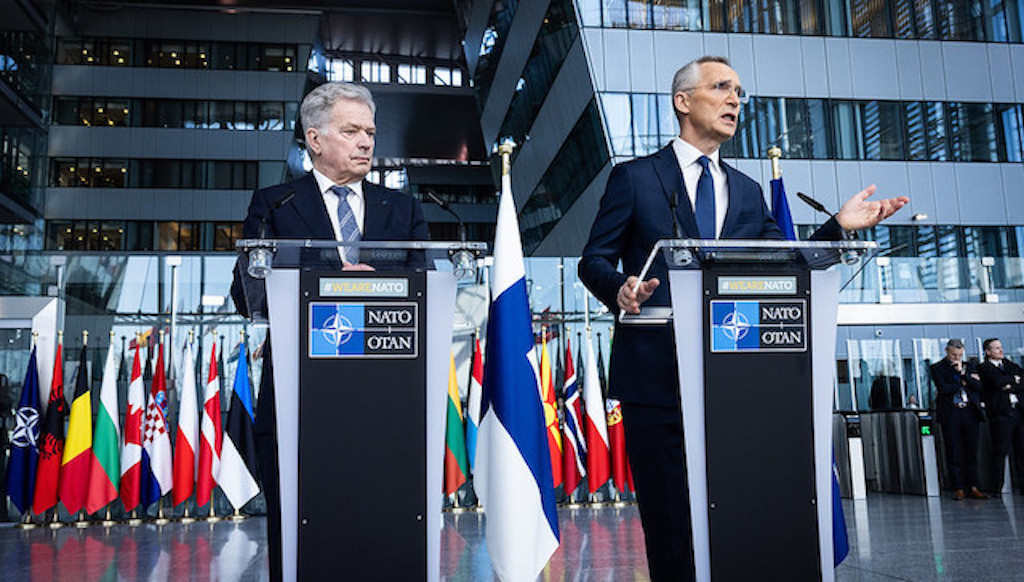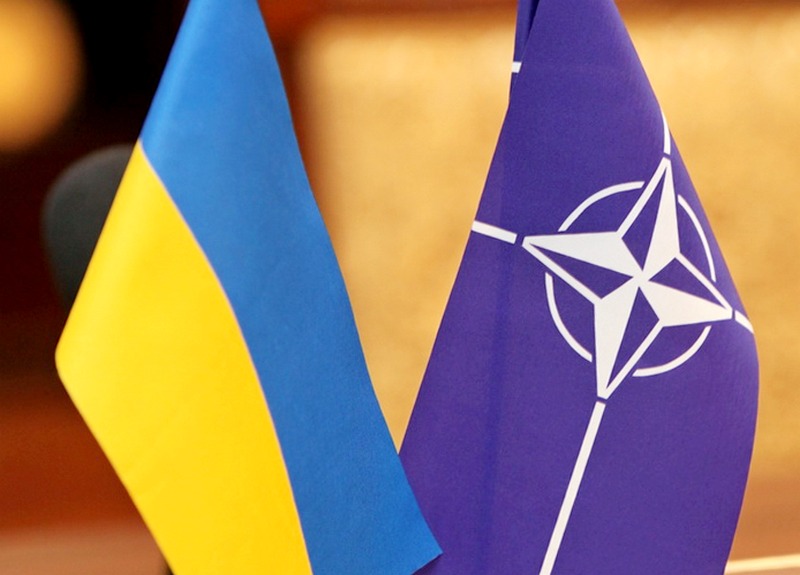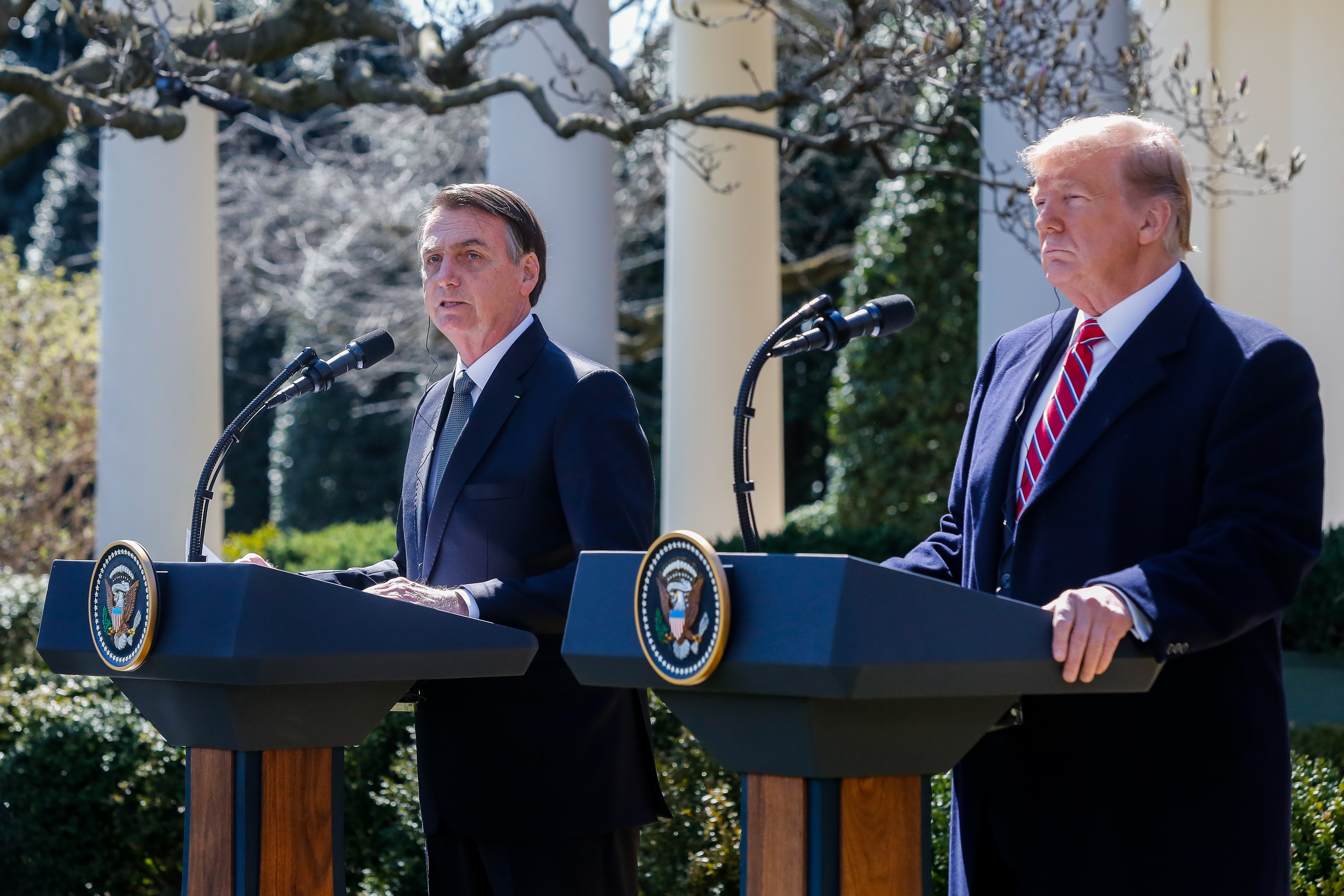Editor’s note: This is the first instalment of a three-part series on Canada, NATO, and burden sharing.
When questioned if Canada was ready to fight along its allies in 2023, “[Gen.] Eyre (Chief of Defence Staff) hedged and qualified his response, … ‘I have grave concerns, not only about the capabilities we have [but] the ability to sustain them in terms of ammunition, in terms of spare parts and in terms of people.’” His response highlights defence material essentials also in demand by its partners. This essay offers insight into Eyre’s remarks and NATO’s future given the opportunities and concerns presented by three convergent factors. First, its impending enlargement to Finland and Sweden in the midst of a continuing conflict in Ukraine. Second, the military equipment needed for Canada’s territorial defence after substantial donations to Ukrainian defence efforts over the past year. Finally, why NATO should move beyond the political “2 per cent GDP target,” as a signal to partner credibility and compliance.
NATO Enlargement
As NATO grows to 32 members in 2023 with the addition of Finland and Sweden, the alliance’s capacities in the Arctic region will be substantially reinforced, as well as its capacity to monitor the Greenland-Iceland-UK region of the northern Atlantic. These are collective goods for the alliance and Canada, which has stakes in both regions. This round of enlargement is militarily the most important since 1999, offering aggregated individual military capacities larger than all other entrants since the end of the Cold War. It remains politically the most consequential enlargement in terms of complex diplomatic bargaining since the 2004 enlargement occurring simultaneously with the EU due to the economic and political risks brought by those entrants. The risks incurred by adding the Nordic duo stem mostly from uncertainty about potential Russian behaviour during and after the accession process.
I have described elsewhere that both Nordic states are European partners to NATO and have a strong record of collaboration with the alliance in missions, training exercises, and more. Their functional and operational integration into the alliance is facilitated given those experiences. When it comes to the NATO target of 2 per cent of GDP military spending, Finland already meets it and Sweden is expected to do so in 2023. Finland and Sweden, together, could accept as much as 10–12 per cent of the NATO common budget–more than all post-cold war entrants combined. They will be security providers to NATO partners.
Canadian Defence Needs
Canada, similar to its partners, enters 2023 with demands for multiple types of defence goods in order to ensure its sovereignty and contribute to NATO security and defence activities. According to one index, Canada ranks 27th in the world based on its firepower. Canada is among those offering significant military contributions despite its small comparative active duty force size; ten current NATO partners–and Finland–have larger total military personnel available. Another source does not rank Canada in the top 50 countries for active duty or total military personnel. Aside from continuing recruitment issues, Canada promised substantial investments in NORAD modernization in the short term and inked a $7 billion fighter jet purchase contract with some drama.
Canada is among those required to replace arms donated to Ukraine while advancing existing procurement programs (around 30) limited by constraints around the procurement process, such as industrial-regional benefits (i.e., offsets), provincial politics, and industry lobbies. Given the considerable delays in Canadian procurement, it is doubtful it could defend itself in an acute “territorial” crisis beyond several weeks. Another National Defence Review is impending, but the execution of the previous policy in 2017 has been criticized. Likewise, Canada’s new Indo-Pacific strategy offers little in the way of how Canada should obtain results with cooperation and engagement.
Going “Beyond 2 per cent” to Study Defence Burdens
Scholars proposing reconceptualizing the 2 per cent criteria defend positional foreign policy arguments–claims about middle powers–and argue for the inclusion of qualitative criteria, and/or the extension of burden analysis to mission contributions. Those arguments offer different aspects of studying a complex concept like institutional burden sharing using observable data and discursive approaches to evidence, (i.e., impartially examining both sides of an issue). I have argued that the political target does very little to inform actual spending by partners to produce NATO’s common goods of collective defence, cooperative security, and crisis management. In particular, burden research has neither reflected upon nor studied systematically the consequences of NATO enlargement on the production of goods for the alliance, as well as NATO operations, nor the effects of NATO Centres of Excellence (COE) on partner contributions to budgets and activities until recently. The Canadian government’s hosting of a COE on Climate Change and Security evidences a substantial political and financial commitment to alliance transformation coinciding with political commitments to electors.
However, Canada must work with partners in agenda development and with Allied Command Transformation to accredit the Centre. Canada chose foreign affairs and defence to co-pilot the negotiations, offering evidence of political commitment at the risk of increasing stakeholders and bargaining costs. Canada will use cooperative bargaining arguments drawn from collective action literature, such as assurance (situations where everyone is better off through collaboration), collaborative leadership (leader-follower dynamics with differently endowed actors), and joint-production cooperation structures (e.g., Eurofighter, F-35). Moreover, Canada should avoid arguments associated with relative gains (when partners are concerned about maximizing individual benefits compared to those of partners), stigmatization, and punitive shaming (publicly naming non-compliant partners as penalty) to foster policy coordination among actors. A climate change and security defence cooperation agenda could be sidetracked by lobbies, economic interests, and those seeking profit from the emergent industry sector.
Conclusions and Policy Implications
The addition of NATO partners characterized as security providers, alongside growing needs for most partners to procure defence assets, could result in some negative effects on the collective goods provided by NATO. First, alliance partners with “critical defence” needs, such as those in Eastern Europe, may be prioritized in defence contract fulfillment by American firms due to lobbying interests to the disappointment of those with historical special bilateral defence relations. Canada may find itself waiting in line to receive military and defence equipment and materiel from suppliers with high demands and easier procurement processes.
Second, Canada’s national defence needs are not currently met with the equipment in stock and a practice review of the Department of National Defence offered six recommendations for improvement. There are system-level issues to address concerning defence procurement.
Third, contemporary research findings cast doubt upon the 2 per cent benchmark as a functional criteria for partner compliance, defence credibility, and a meaningful metric to inform how to aggregate partner contributions to produce NATO’s common benefits. This is because there is an absence of accounting for the risks and threats associated with enlargement and the effects of NATO COE hosting on national contributions to collective defence, cooperative security, and crisis management.
Taken together, these observations offer departure points for advancing policy and budget discussions in the Canadian government. The political capital and international bargaining environment are receptive to reflecting upon reconceptualizing burden share metrics. However, NATO partners face pressures in impending budget and policy cycles to reinforce defence capacities given Russian offensive behaviour in Ukraine.
Photo: “Brief press point by the NATO Secretary General and the president of Finland, 04 APR 2023,” April 4, 2023, by North Atlantic Treaty Organization, via Flickr. Licensed under CC BY-NC-ND 2.0.
Disclaimer: Any views or opinions expressed in articles are solely those of the authors and do not necessarily represent the views of the NATO Association of Canada.




